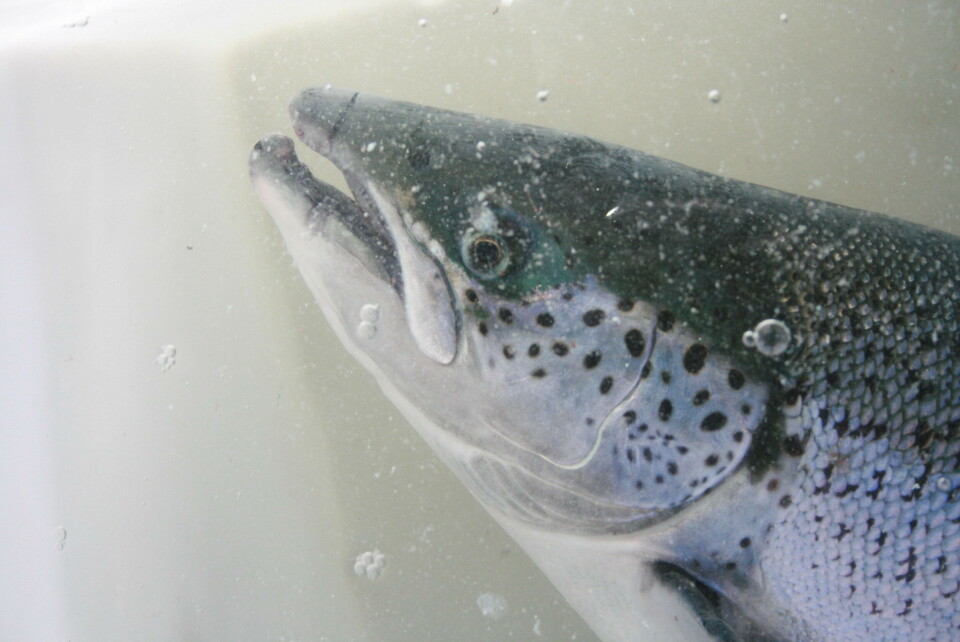
Salmon farmers keep their fish in their pens
According to the Canadian Department of Fisheries and Oceans (DFO), “Many years of research through DFO’s Atlantic Salmon Watch Program has shown that escaped farmed salmon – in either the Pacific or Northwest Atlantic oceans – have a low survival rate in the wild because they are accustomed to being fed. The stomachs of recaptured farmed salmon are usually empty, meaning it’s unlikely they compete for food with other fish. Research has also shown that Atlantic salmon cannot successfully mate with wild Pacific salmon”.
Despite this, many environmental groups and seafood certification institutions often raise the concern about escaped farmed salmon and their potential interbreeding with wild salmon as a reason to recommend people not buying farmed salmon. As an example of the obvious abuse of this argument, Laine Welch of the Alaska Fish Radio recently described the lack of escaped Atlantic salmon showing up in local waters;
Far fewer Atlantic salmon are showing up in Alaska waters.
Nearly 500 Atlantic salmon were captured in Alaska waters through the 1990’s, mostly in Southeast, but as far west as the Bering Sea. The fish were primarily escapees from west coast fish farms. Alaskans fear the Atlantic invaders could compete with and taint the gene pool of wild salmon stocks. But good news — few of the fish have turned up in Alaska for the past 10 years. The numbers have gone down significantly in the past 10 years. We have to commend fish farmers in Washington and off the coast of British Columbia for their efforts to contain their stocks. Tammy Davis is Invasive Species Project Leader for the state Sport fish Division. Just seven Atlantic salmon were captured since 2006, three near Petersburg and one along the Alaska Peninsula. Davis says invasive species vary by region - Southeast is the area of most concern for Atlantic salmon captured in the last 5 years, with Petersburg being one of the hottest spots.
For Atlantic salmon, look for spots on the gill plates and a slender, pinched tail. Notably, Alaska’s identification number for Atlantic salmon is 666 – the Biblical sign of Satan. The fact there is a number for Atlantic salmon as 666 is pretty significant.
DFO records show a total of 12 Atlantic salmon (smolts) being reported under a mandatory program of escape prevention in British Columbia in 2011. Last year, eight individual Atlantic salmon escaped from farms in B.C.






















































